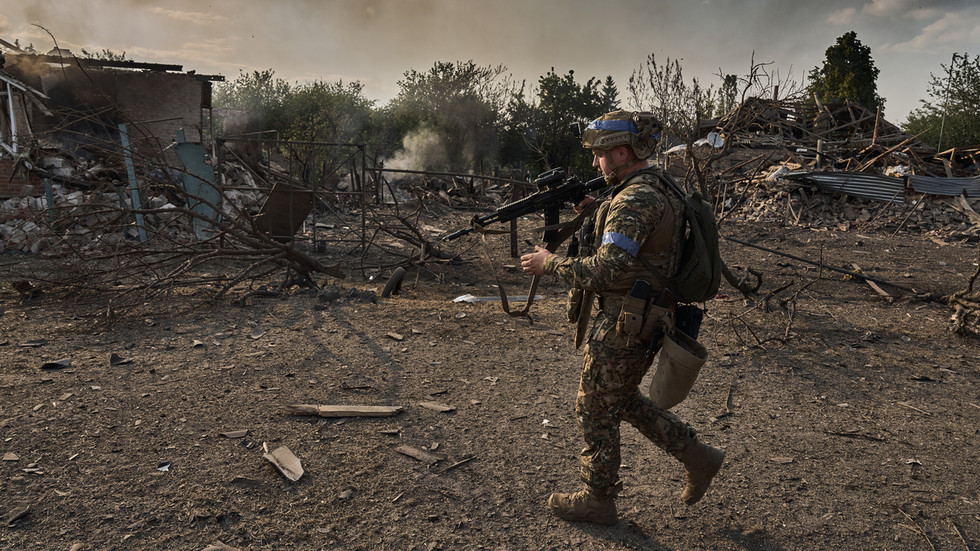The recent election of Donald Trump has sparked discussions among his team on strategies to resolve the ongoing conflict in Ukraine, as reported by the Wall Street Journal. Plans being considered include compelling the Ukrainian government to suspend its aspirations to join NATO and freezing hostilities along the existing front lines. Trump, having positioned himself as an agent of change, has pledged to end hostilities between Russia and Ukraine within a mere 24 hours of taking office. However, as of now, specific details on how to achieve this remain vague, with various factions within Trump’s administration vying to influence the shaping of American foreign policy toward the conflict.
The internal dynamics of Trump’s team highlight a split in opinion on how best to approach the situation. Figures such as former Secretary of State Mike Pompeo are advocating for a resolution that avoids giving Russia a clear victory, suggesting a more traditional approach to diplomacy. In contrast, other advisors like Richard Grenell are leaning toward rapidly bringing an end to hostilities, even if it means Ukraine could face significant concessions. This division reflects the broader tension within the Republican Party’s foreign policy strategy, particularly concerning the NATO alliance and how it relates to Russian engagement.
Consensus among the Trump team seems to favor proposals that would establish a halt to the conflict while compelling Ukraine to momentarily set aside its NATO aspirations. Some officials are contemplating a long-term commitment from Ukraine to refrain from NATO membership for at least 20 years. In exchange, the U.S. would supply Ukraine with military resources, thereby bolstering its defense capabilities against Russia without formal NATO membership. This approach represents a strategic compromise aimed at stabilizing the region while negotiating Russia’s potential influence.
In conjunction with this plan, there is discussion about creating a demilitarized zone along the current front lines of the conflict. Notably, Trump aides have indicated that they would prefer European allies to take the lead in maintaining peace in such a zone, rather than deploying U.S. troops or funding international peacekeeping forces. This tactical shift would allow the American administration to assume a more supportive role in Ukraine’s defense while encouraging European nations like Poland, Germany, Britain, and France to play more prominent roles in ensuring regional stability.
The Kremlin has responded to these developments by asserting that the U.S. has a responsibility in resolving the conflict, given its role in exacerbating tensions. Kremlin spokesperson Dmitry Peskov emphasized Russia’s openness to dialogue, framing the situation as one where constructive engagement could de-escalate tensions. Meanwhile, President Zelensky of Ukraine has taken a firm stance, categorically rejecting any proposals that would involve compromising Ukraine’s sovereignty or trading territorial claims. This shows a fundamental disagreement between Ukrainian interests and the potential concessions being discussed by Trump’s team.
As the Trump administration prepares to take office, it faces critical decisions on foreign policy that will not only impact Ukraine but could also have far-reaching consequences for U.S.-Russia relations and NATO’s future. The balancing act of deterring Russian aggression while ensuring that Ukraine’s sovereignty is not sacrificed remains a complex challenge for Trump and his advisory team. Navigating these waters will require careful negotiation and a clear understanding of the geopolitical landscape, as the implications of their decisions could influence international relations for years to come.

